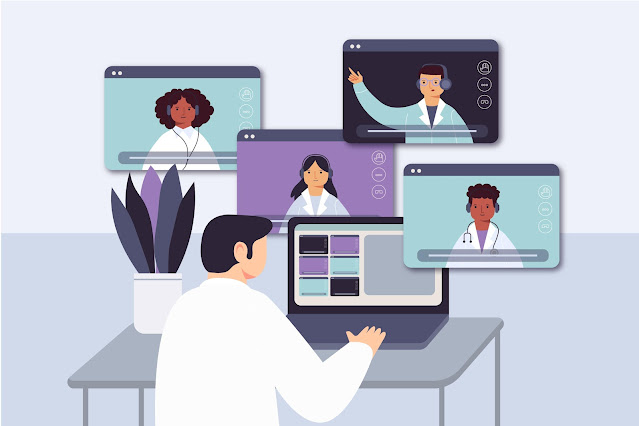What advantages does Microsoft Teams provide for organizations?
Remote working has ushered in a new era of collaboration, and Microsoft Teams has emerged as a key instrument in this paradigm shift. Microsoft Teams, regardless of organization size or sector, delivers a scalable and easy solution for seamless communication and collaboration.
In this blog, we will go over the specific features of Microsoft Teams as well as the numerous benefits it provides to organizations.
What is Microsoft Teams?
Microsoft Teams serves as a chat-based collaboration platform, facilitating secure document sharing, online meetings, and more. Widely embraced across various sectors, including businesses, organizations, schools, colleges, and universities, it excels in enhancing teamwork and communication.
Key Benefits of Microsoft Teams:
Microsoft Integration:
With seamless integration into Microsoft 365, Microsoft Teams combines chat, meetings, notes, and attachments, providing a comprehensive collaboration experience.
It consolidates essential assets like calendars, files, and emails, offering a one-stop solution. Moreover, it includes a range of Microsoft tools, such as Word, Excel, Skype for Business, PowerPoint, SharePoint, OneNote, Planner, Power BI, and Microsoft Graph.
Digital Transformation:
By adopting Microsoft Teams Services, businesses embark on a digital transformation journey, leveraging a plethora of digital applications.
This shift enables teams to work from anywhere, anytime, and on any device, overcoming limitations related to hardware or software preferences.
Enhanced Communication:
Communication lies at the core of business success, and Microsoft Teams excels in fostering effective communication across devices and platforms.
This cloud-based platform integrates seamlessly with Microsoft products, offering a game-changing solution for collaborative projects, ensuring limitless communication beyond desktop apps.
Increased Productivity:
Microsoft Teams enhances connectivity, allowing employees to respond promptly to client messages and engage in crucial business discussions without delays.
The platform streamlines the end-user experience by providing quick access to shared files, apps, and meetings within a unified workspace, ultimately boosting productivity.
Meeting and Scheduling Tools:
Efficiently managing and scheduling meetings is simplified with Microsoft Teams, which syncs with calendars and suggests optimal meeting times.
The platform allows users to set agendas, share relevant documents, and conduct meetings seamlessly, offering a comprehensive solution for project management.
Quick Question:
Microsoft Teams facilitates quick and easy communication through chat, eliminating the need for extensive email communication.
It supports conversation names, group chats, and team chats, allowing users to personalize communication with the freedom to use GIFs, share images, and other media.
Video Calling:
With support for up to 300 participants in a single call, Microsoft Teams provides a user-friendly video and voice calling alternative.
The platform offers features like call manager/voicemail, call groups, and the ability to route calls through SIP or VPN networks, making it a cost-effective corporate communications solution.
User Enablement Through Bots:
Microsoft Teams introduces a set of 20 AI-powered bots that assist users in various tasks. These bots, equipped with specific knowledge banks, perform roles such as answering user queries, assisting with voting/polling, and generating scheduled reports, enhancing overall user enablement.
Security:
Aligning with the security standards of Office 365, Microsoft Teams offers robust security features, including multi-factor authentication and Active Directory single-sign-in. This ensures a secure collaboration environment while reducing the complexity for IT teams and users.
Conclusion:
Microsoft Teams is a flexible collaboration tool that improves company communication and productivity. It is critical for enterprises to use Microsoft Teams consultancy services to optimize and personalize the platform to their unique needs.
This strategic strategy promotes efficient operations and positions firms for long-term success in today's business environment.


Comments
Post a Comment